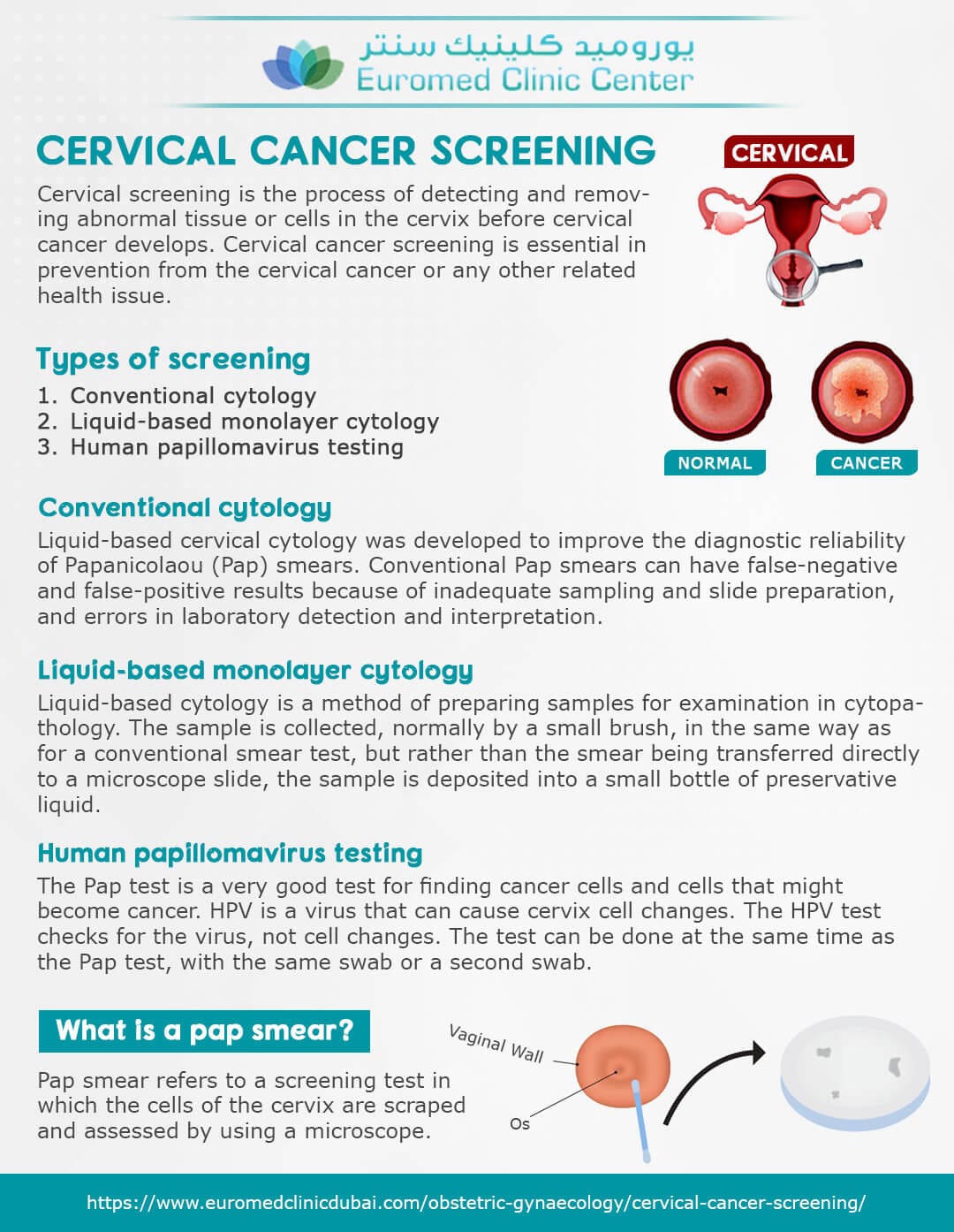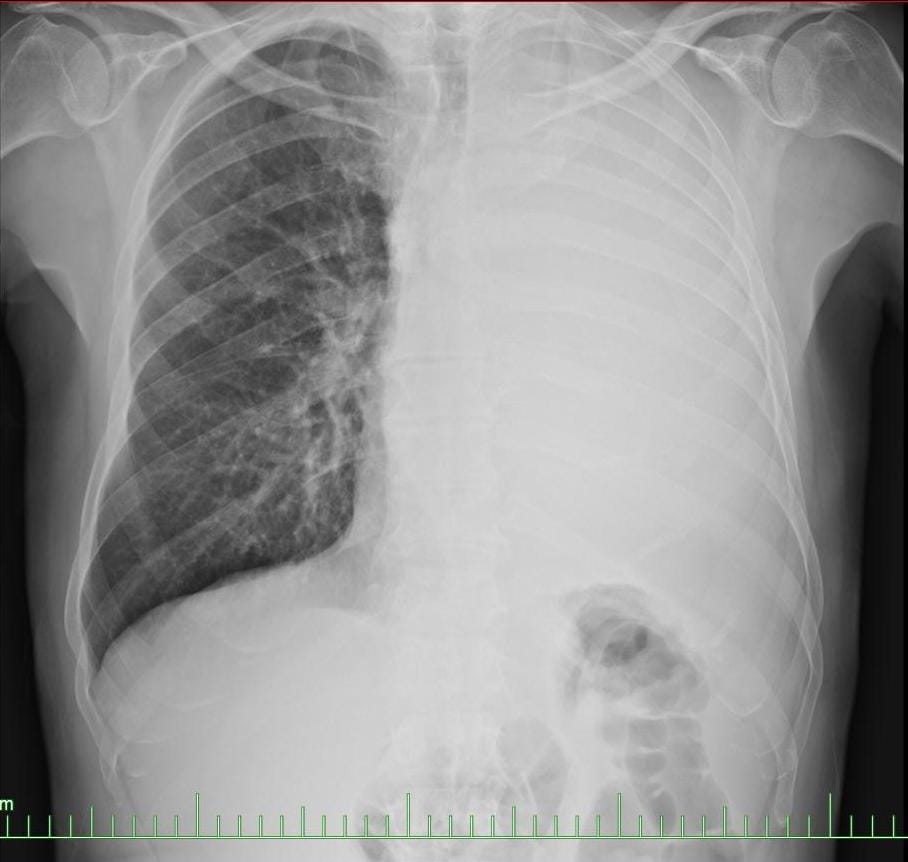A recent draft recommendation from a panel of experts suggests that women aged 30 and above may benefit more from HPV (human papillomavirus) testing rather than the traditional Pap smear for cervical cancer screening. This change, if adopted, could potentially have a significant impact on screening guidelines for millions of women in the United States, possibly leading to the wider adoption of more effective and specific tests for early detection of cervical cancer.
The current prevailing guidelines recommend that women between the ages of 21 and 29 should continue to undergo regular Pap smears due to their effectiveness. Previous studies have indicated that HPV testing alone or in combination with Pap smears in younger women may lead to overdiagnosis and overtreatment of HPV-associated cervical lesions which typically regress over time.
However, the new draft recommendation, authored by a group of independent experts and supported by the American Cancer Society, the American Society for Colposcopy and Cervical Pathology, and the American Society for Clinical Pathology, argues that HPV testing may be more effective for women at or above 30 years old due to higher rates of HPV persistence that can lead to cervical cancer.
The reason behind the proposed change is based on the fact that HPV infections are more common in younger women, but usually clear up without treatment. In contrast, HPV infection is more likely to persist and develop into cervical cancer in older women. By using HPV tests, older women could potentially save on unnecessary follow-up tests and procedures related to Pap smears.
The task force is working on finalizing the guidelines and plans to release a detailed report along with the voting records of its members. When released, this report will give healthcare providers a clear picture of the evidence supporting this recommendation, so they can make informed decisions about whether to change their current cervical cancer screening protocols.
In conclusion, if this new draft recommendation is adopted, it would mark a significant shift in cervical cancer screening guidelines. Healthcare providers would need to adjust their screening protocols and educate womens’ healthcare providers on the potential benefits of preferring HPV testing in their 30s and above population.


